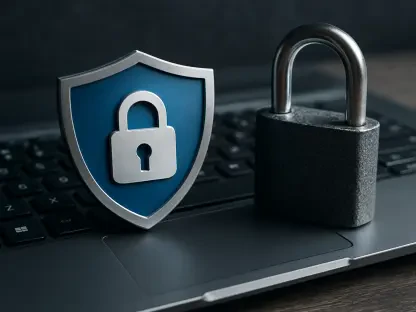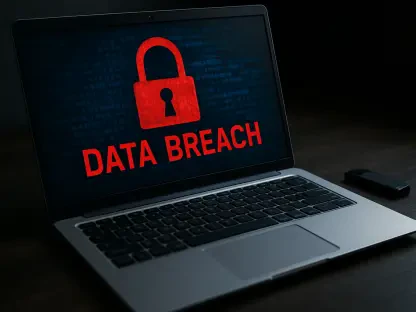Nowadays, implementing strong security practices is more important than ever because offices are no longer stable physical locations, while the diversity of access points in organizations’ ecosystems are constantly growing. Managers are facing these challenges for the first time, and they are looking for optimal solutions. Today, we will have a look at secure USB sticks—the little wizards of strong and secure systems.
USB Sticks Are Used in Almost All Industries
Every industry has its own diverse and specific needs. For example, in finance, regulators demand data to assess companies’ behavior and compliance, among many other highly sensitive daily operations. Sharing data across networks could be a huge risk, as these types of documents contain concrete details of investments, market deals, and other confidential banking operations.
The use of secure USB drives to transfer files with sensitive information is already common practice in the medical world, where diagnostic files or personal histories are highly confidential.
In January 1996, the official launch of an ingenious little device—USB 1.0—heralded a new era of convenience and versatility in the digital world. The importance of this device has been illustrated for 26 years, while the device itself evolved with each new wave of new tech.
The USB stick remains a landmark in the tech world, playing an increasingly important role in every type of terminal—from servers to computers and even smartphones. Plug-and-play simplicity and ever-increasing transfer speeds have made portable USB sticks one of the big winners in the race to optimize storage space. However, the added convenience brings several vulnerabilities in terms of data security.
And without adequate security measures and a tailored data security protocol, users are exposing both themselves and third parties to potential data breaches.
Encryption Solutions and Robust USB Hardware
Encryption solutions and robust USB hardware are of paramount importance in sensitive environments, including situations with network access vulnerabilities. The USB drive must be secured with its own password and hardware encryption—a protocol that provides the highest degree of protection against intrusion. Given the current trends, encrypted devices are the first and most important steps in building secure networks for organizations, especially in remote working contexts.
Some IT administrators avoid opening USB ports on end-user terminals because it would allow direct access through the corporate firewall, which usually leads to headaches. A suite of endpoint management apps that constantly scan the entire ecosystem for threats are: McAfee’s MVision, Sophos Intercept X, Symantec Endpoint Security, Trend Micro Smart Protection, and WinMagic SecureDoc—all unified solutions that enable the centralized monitoring and management of all operations performed by users within a system.
Hardware Encryption Protects Against Brute Force Attacks
Devices featuring special standards for corporate or military organizations use 256-bit AES encryption in XTS mode—a globally approved technique that guarantees data integrity. Hardware-encrypted USB drives are password-protected devices that prevent, among other things, the installation of any drivers or software on the host computer. They have digitally signed firmware drivers, so they are protected against BadUSB attacks which exploit firmware vulnerabilities.
Working outside a secure environment is another challenge for organizations, as countless other vulnerabilities are imported into systems. In the absence of security protocols to facilitate and secure remote work, employees will find various workarounds—from storing sensitive information in Slack or Dropbox, to personal email or private USBs. These problems increase when employees work from coffee shops over public Wi-Fi networks. Phishing scams are becoming increasingly sophisticated and convincing, and infected mobile devices are a major risk without proper security systems.
Equipping employees with password-protected and hardware-encrypted USB drives effectively eliminates potential network vulnerabilities. The degree of security of such devices is reflected in standards such as FIPS 140-2, which assesses the physical resilience of the drive on several levels without using cryptographic methods. Certain models are specifically designed to make any attempt to open the metal casing extremely difficult. And by breaking the internal chips and other components, the drive will become unusable.
Conclusion
Without a doubt, security is a competitive advantage for any company. Remote work is synonymous with new security challenges—many of which are addressed through the use of password-protected and hardware-encrypted USB sticks.









